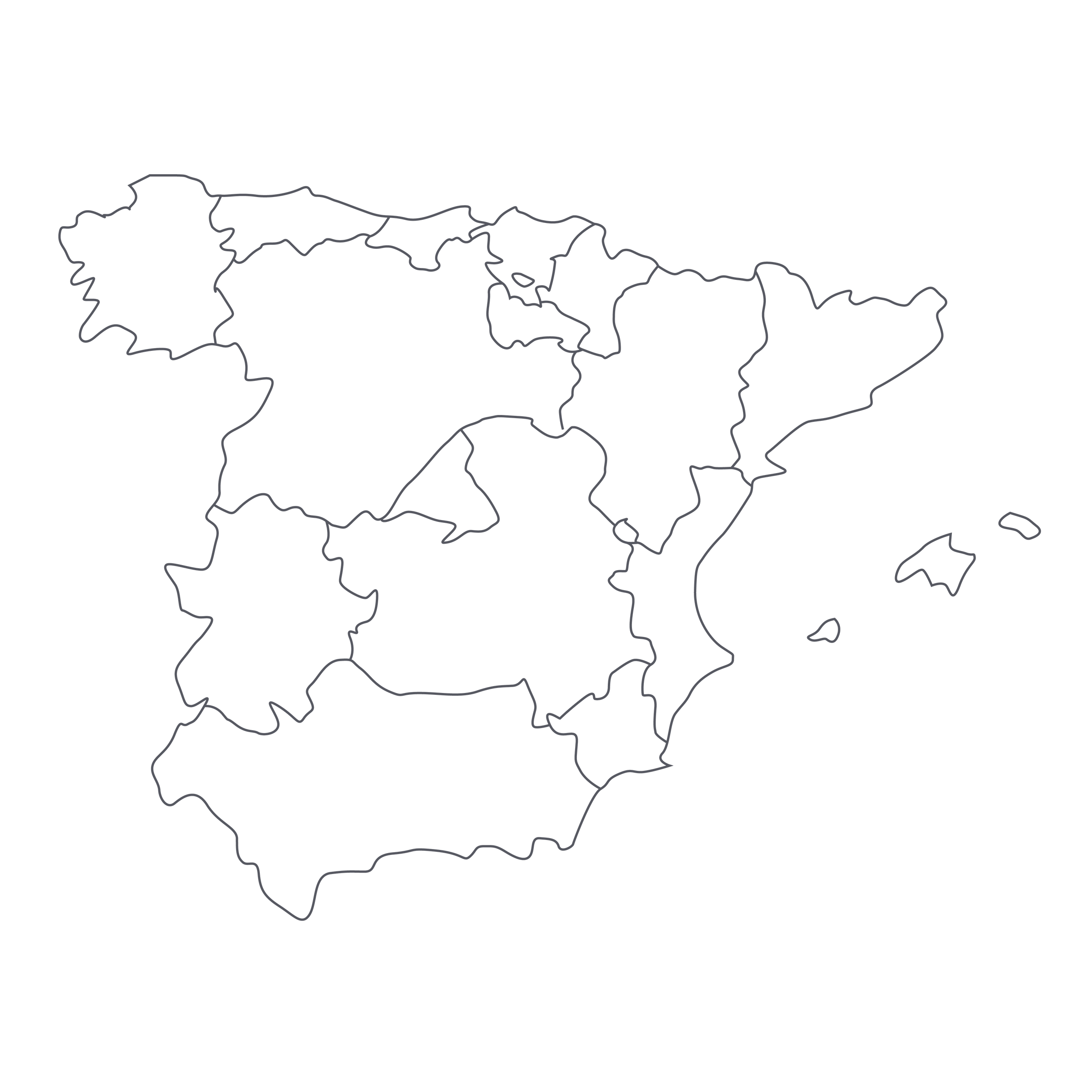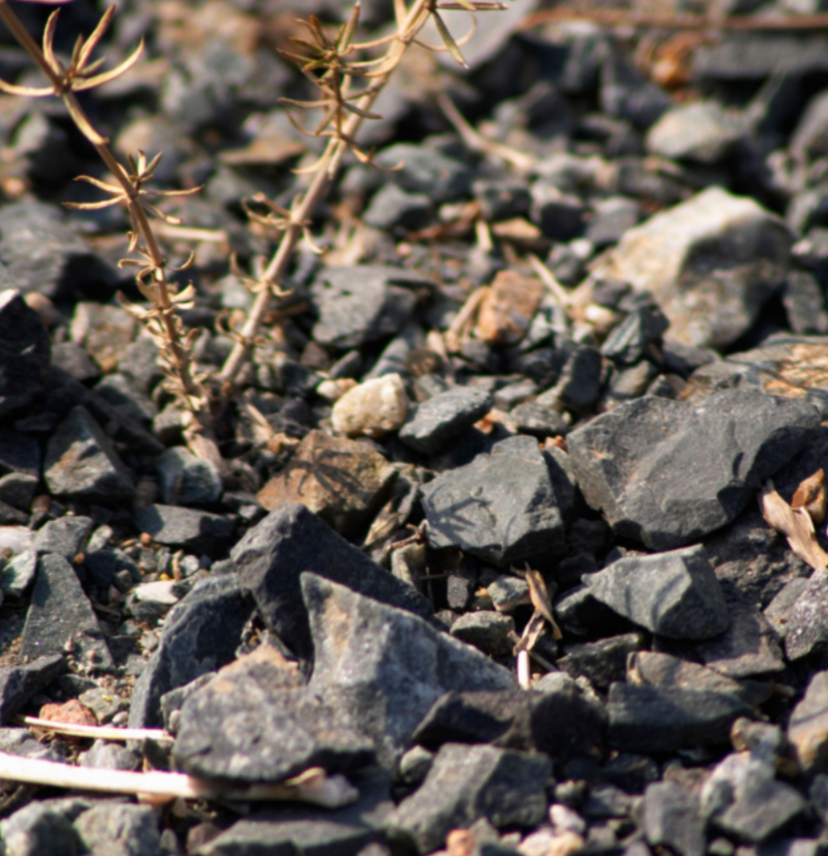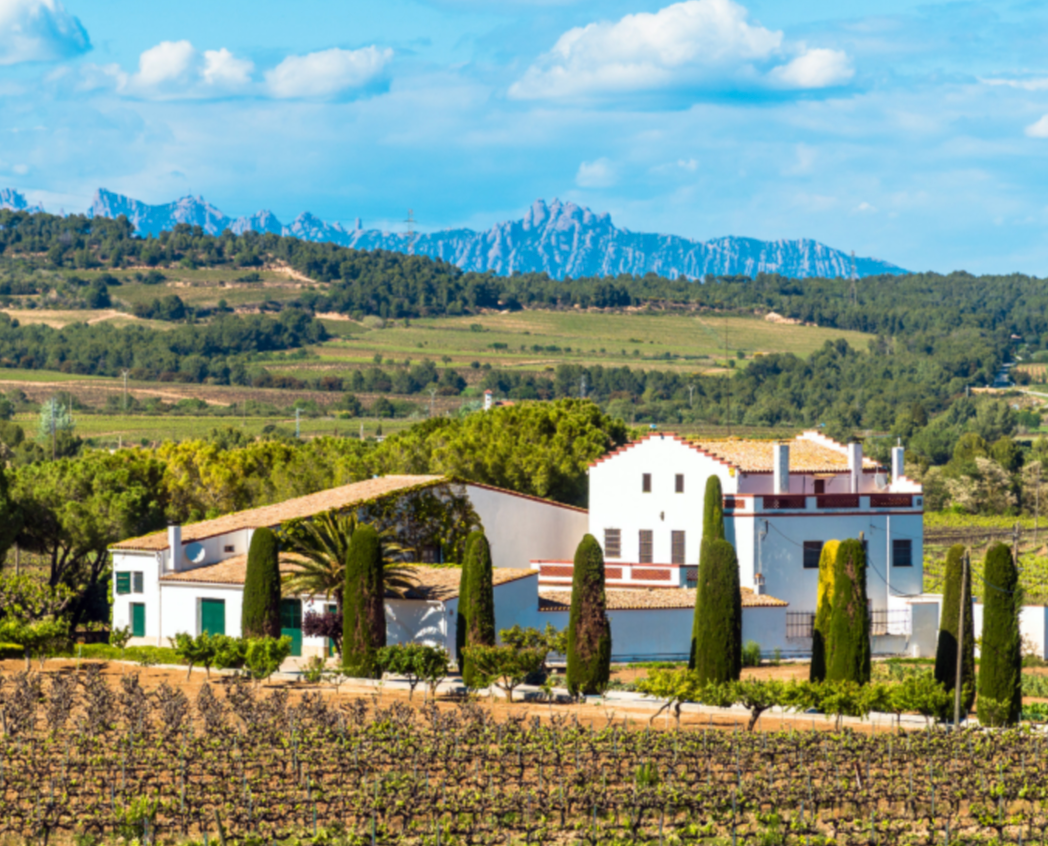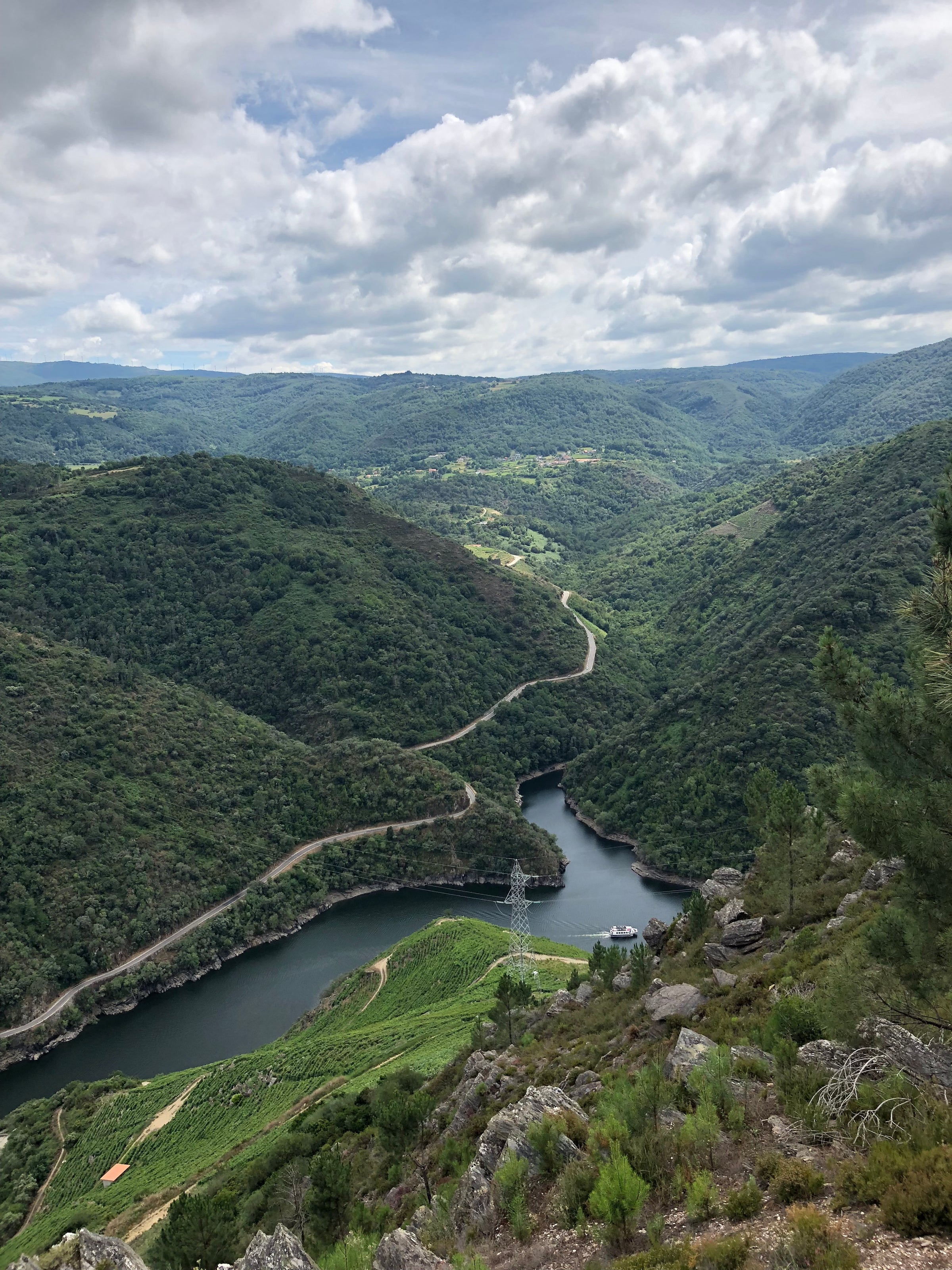Sommeliers should not impose their will on customers. It’s about what guests want to drink, not what the sommelier wants them to drink, but I can’t help myself today: You need to drink this red from Viña Mein.
Every time I turn around lately, there’s a Galician red in my glass that blows my mind—especially when I learn the price, which is usually well below what the wine would fetch if it were from a better-known region. Viña Mein is in Ribeiro, one of the appellations hugging the Miño River in northwest Spain (and not to be confused with its neighbor, Ribeira Sacra, or the Ribera del Duero), and today’s blend of the local varieties Caiño Longo, Brancellao, and Tintilla has much in common with my favorite reds from France’s Northern Rhône: dark, tangy fruit; peppery spice; high-toned florals; and loads of mineral-driven energy. Sourced from organically farmed, terraced vines tended to by septuagenarian owner Javier Alén, the 2016 “Tinto Clásico” is aptly named and downright delicious; you have to try it, even if it means veering well outside your normal lane. It is worth it, trust me.
When I think of great producers who have carved out brilliance from vines planted in granitic soils, I think of greats such Jean-Louis Chave, Marcel Guigal, and other sommelier-beloved vignerons in the Northern Rhône. But when it comes to the vines in the granite of Ribeiro, there are no iconic, established “Chaves” to speak of—only discovery wines from families that began revitalizing their properties as recently as the 1980s. It’s why the quality-to-price ratio of Ribeiro’s best wines is off the charts.
The word ribeiro is Portuguese for ‘brook,’ or ‘stream,’ and it’s an apt name for a remote wine region traversed by three dramatic river valleys that snake their way toward the Atlantic Ocean. Steep-pitched, terraced vineyards, like those at Viña Mein, line the banks of the rivers Miño, Avia, and Arnoia, cooled by Atlantic breezes and rooted in granite bedrock, and the red wines combine dark-fruited depth and high-toned freshness in an amazing way. Many of the region’s vineyards were abandoned after WWII, and most grapes have historically been sold to local co-ops. Making money from Ribeiro wine wasn’t easy. But thanks to people like Javier Alén, that’s slowly changing.
The vines at Viña Mein are planted in the higher elevations, above the river Avia, well removed from the valley floor. Alén inherited the vines from his grandfather and revitalized what had become an overgrown, nearly inaccessible, yet viticulturally rich, part of northern Spain. Alén was determined to resurrect local Galician grapes: Treixadura, Godello, Loureiro, Torrontés, Albariño, and Albilla for the whites; Caiño Longo, Brancellao, Tintilla, and Mencía for the reds.
His work has paid off. Today, Viña Mein is among the best producers in the region. Alén, now in his seventies, is credited with much of that success, but the winery continues to climb in status with help from two consultants—Dani Landi and Fernando Garcia, founders of Comando G (named for a famous cartoon strip in Spain). Beginning in 2013, they encouraged Alén to convert to biodynamic farming and to separate lots in the winery.
The 2016 Vina Mein Ribeiro Tinto Clasico is the product of three indigenous varieties (Caiño Longo, Brancellao, and Tintilla) from some of Alén’s oldest estate vines, which were planted in the 1930s. It was fermented in large oak
foudres, then aged 15 months in 500 and 600-liter French oak barrels. In the glass, it displays a deep ruby color right up to the rim. Extremely bright aromas of fresh-turned earth, like rich and moist humus, wildflowers, and just-picked blueberries mingle with black licorice and a hint of wild sage. Extremely elegant on the palate with juicy blackberry, smoked sagebrush, and crushed-rock minerality, layering in raspberry bramble, brown spices, and a long finish of charred, smoked meaty notes, scorched earth, and finishing with crushed violet florals. The wine’s medium-plus body is supported by lifted acidity, and lightweight, almost feathery tannins. I’d recommend a 30-minute decant to let the wine really blossom, revealing more stony minerality, blueberry-blackberry fruit, and wild herbs. At 12.5% a.b.v., it is bright and electric yet pleasingly full-flavored. In Galicia, you’d serve this alongside grilled
pulpo that’s been boiled first in ocean water, but you’d do just fine with lamb chops or your favorite barbecued grilled meats.
Buen provecho!





